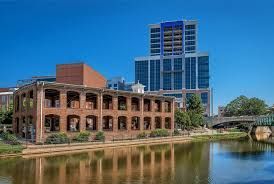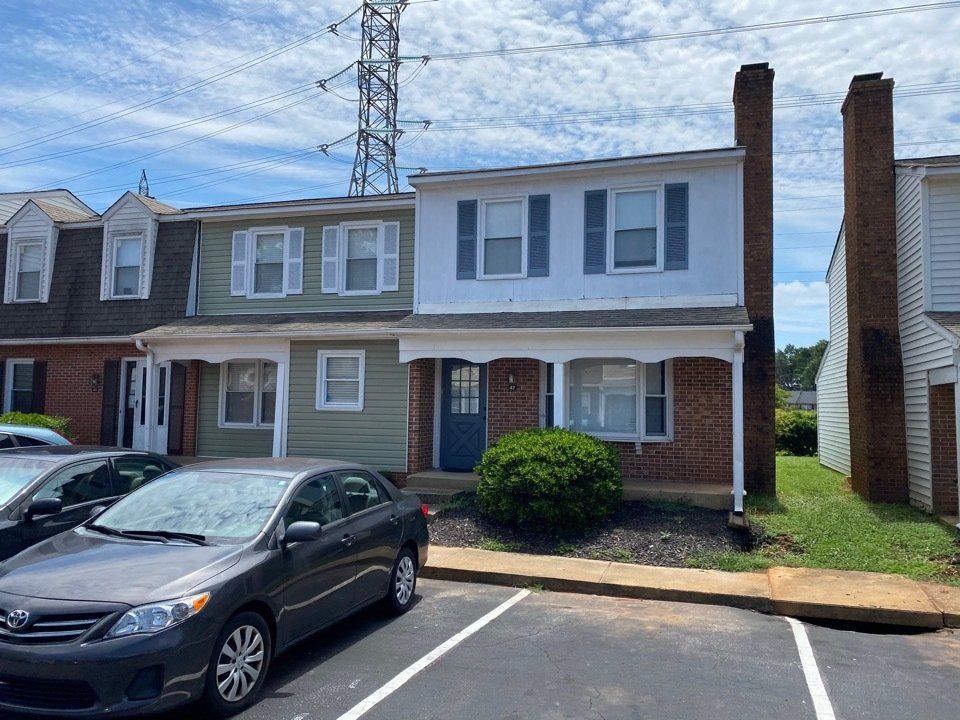BLOG
Affordable upstate
We are taking on a behind the numbers look at what is affecting affordable housing in the Upstate of South Carolina. Get ready to learn!
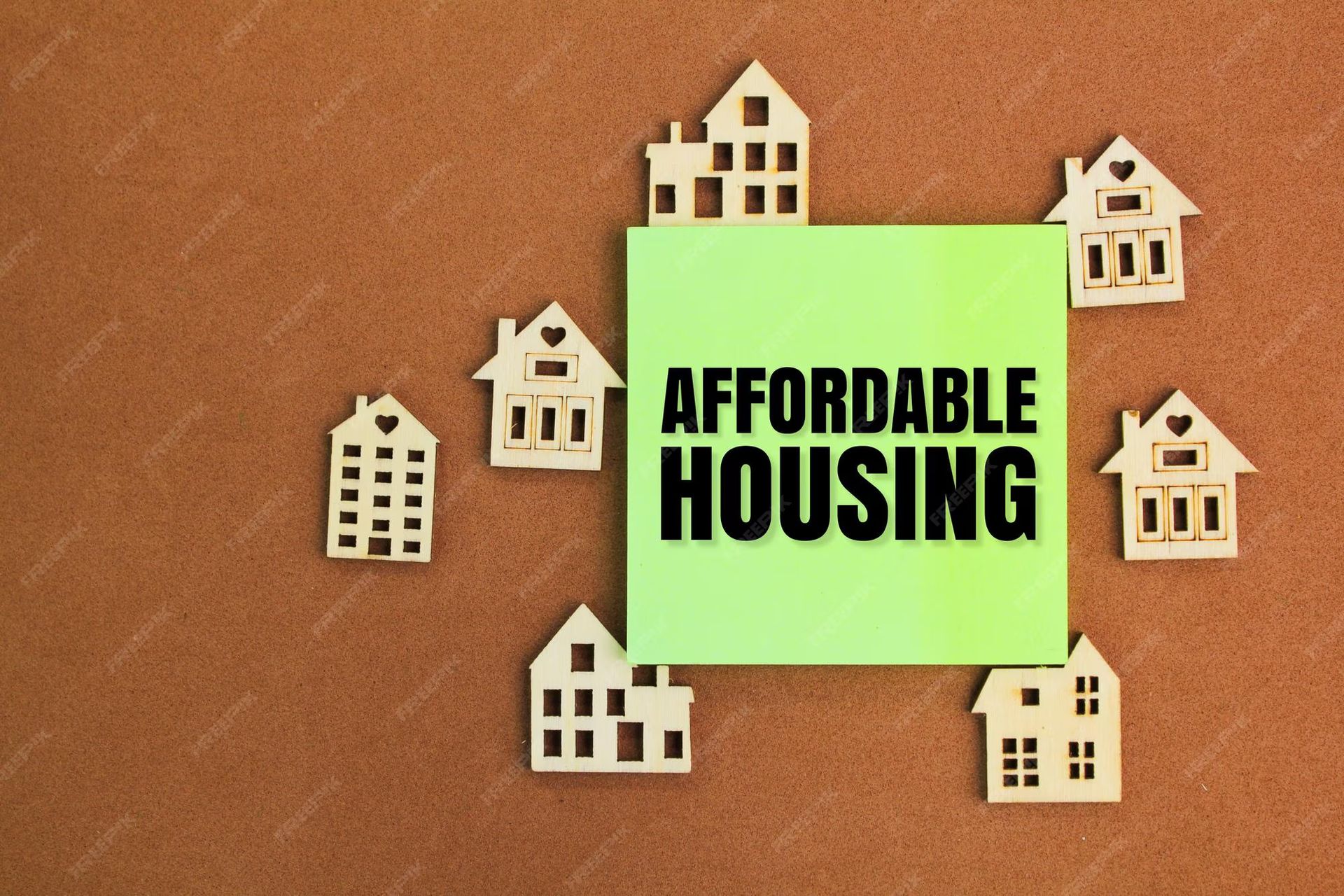
Everyone involved in planning, working in the real estate sector or having a pulse has heard something in the past year about the need for affordable housing in our community.
And I’m here to tell you again with four numbers to remember.
- 31: That is the percentage increase over three years in average rents in Greenville. I don’t have the number of the average wage increase, but I’m willing to guess that number isn’t anywhere near 31 percent.
- 18,876: The average rent for a one bedroom apartment in Greenville is $1,573 per month, according to RentCafe. That is $18,876 a year on housing for a one bedroom. A person would need to be making roughly $60,000 a year just to be paying less than one-third of their salary on housing.
- 33,249: That is the gap in housing that we have in Greenville versus what we have in the market, according to the latest data. That is more than the number of people who live in the City of Anderson. Imagine that, the city of Anderson having no place to live. That’s not even looking at affordable housing. So, the next time someone tells you we don’t need more housing in the Upstate? That we are “full.” Tell them about Anderson.
- 91,000: That is the average number of people to South Carolina each year. Not all of them move to the Upstate obviously, but when we look at the compounding factors leading to our affordable housing shortage…this is a main factor.
What does this all mean and why does it matter?
It’s because this is about more than just affordable housing. Without affordable housing, workers face long commutes or displacement, undermining job productivity and local economic growth. Displacement and rising costs disproportionately impact vulnerable populations and low-income households, deepening inequality and fraying community bonds. Research shows that affordable housing reduces eviction risk, improves health outcomes, and stabilizes families.
To address this multifaceted crisis, we as a community must:
- Ramp up construction and preservation of units aimed at the lowest income brackets, those earning below 50% of AMI.
- Expand policy tools such as stronger incentives, raising funding thresholds, exploring rent control, utilizing hospitality taxes, or other creative financing; public demand has pushed leaders toward action.
- Promote inclusive, mixed-income developments that will ensure affordable options are integral to new growth, not sidelined.
- Preserve voucher-accepting units and prevent displacement in historically low-income neighborhoods.
As Greenville keeps growing as a thriving economic and cultural hub, the rising cost of housing and a growing shortage of affordable units pose a serious threat to the well-being of many working families.
